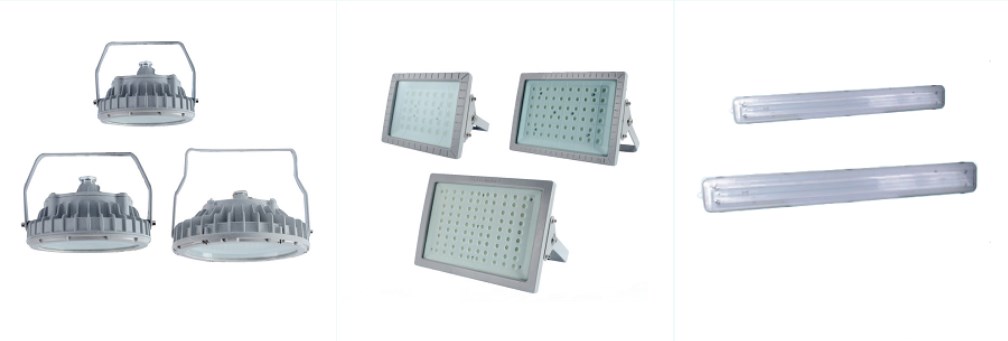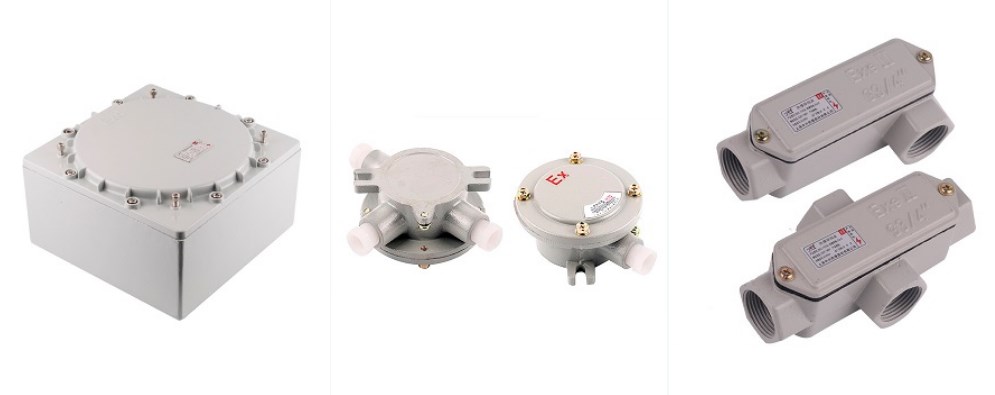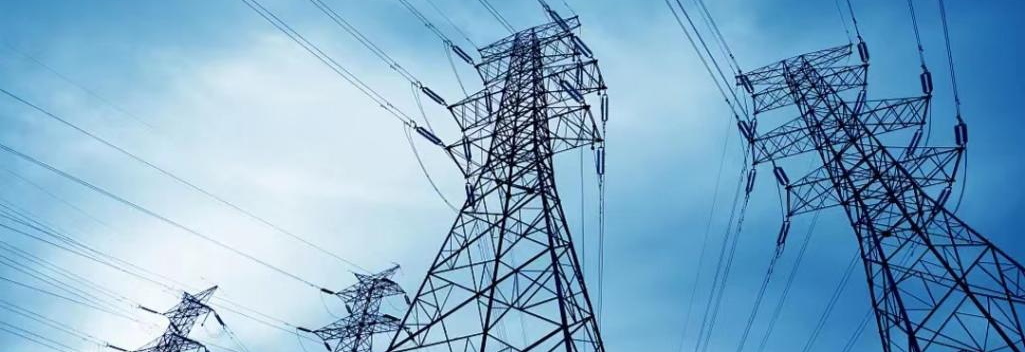explosion-proof lamps:Special requirements for ambient temperature of flameproof electrical equipment
Ambient temperature refers to the temperature of the air or other medium surrounding the equipment or component. Under normal circumstances, the ambient temperature for equipment operation should be -20 to 40 ℃. In such cases, no additional ambient temperature marking is required. However, when the equipment is expected to be used in an environment outside this temperature range, it is considered a special situation. The marking should include the symbol Ta or Tamb along with the upper and lower limits of the ambient temperature. If this is not feasible, the symbol “X” should indicate the special operating conditions including the upper and lower limits of the ambient temperature. This means […]









